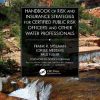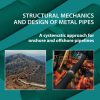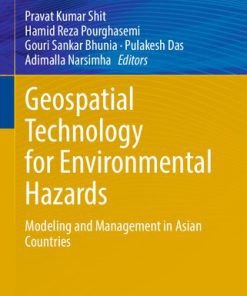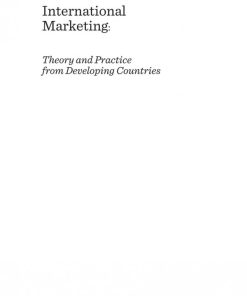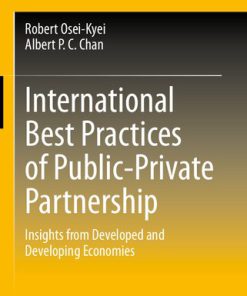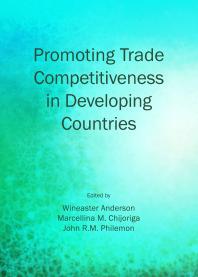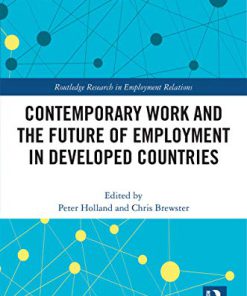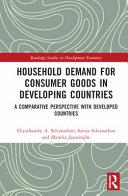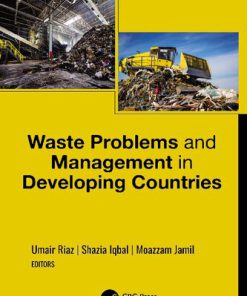Household Reusable Rainwater Technology for Developing and Under Developed Countries 1st Edition by Chukwuemeka Kingsley John, Jaan Pu 1032488905 9781032488905
$50.00 Original price was: $50.00.$25.00Current price is: $25.00.
Household Reusable Rainwater Technology for Developing and Under Developed Countries 1st Edition by Chukwuemeka Kingsley John, Jaan Pu – Ebook PDF Instant Download/Delivery: 1032488905, 9781032488905
Full download Household Reusable Rainwater Technology for Developing and Under Developed Countries 1st Edition after payment
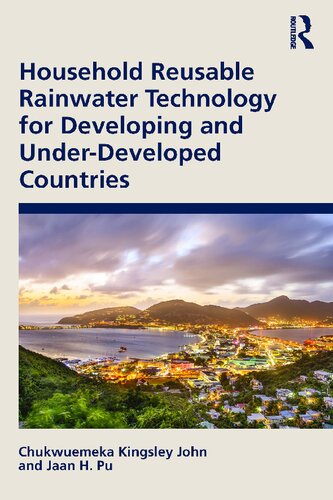
Product details:
ISBN 10: 1032488905
ISBN 13: 9781032488905
Author: Chukwuemeka Kingsley John; Jaan H. Pu
Household Reusable Rainwater Technology for Developing and Under-Developed Countries provides insight into household techniques for collecting and treating harvested rainwater safely for both potable and nonpotable uses, as well as practices to improve its quality, with numerous realworld case studies and data. It gives a comprehensive, holistic account on the household scale for both developing and under-developed countries. Improvement mechanisms such as the impacts of first flush, household water treatment techniques, and sedimentation in the harvested water are described in depth together with the advantages and disadvantages of their common practices in developing and under-developed societies. Also discussed is a comprehensive survey illustrating the impact of rainwater sources on the daily life of a carefully selected community from the perspective of its residents. The book is ideal for students, researchers, academics, water policy providers, and bodies worldwide such as WHO and DFID.
Household Reusable Rainwater Technology for Developing and Under Developed Countries 1st Table of contents:
1 Introduction
Abstract
1.1 Background
1.2 Aim, Objectives, and Hypothesis
1.3 Book Structure
1.4 Summary
2 Literature Review on Rainwater Quality
Abstract
2.1 Defining the Need for Analysing the Quality of Drinking Water
2.2 Description of the Study Area
2.3 Operation of Rainwater Harvesting and Storage Systems
2.3.1 Potential Contaminants Associated with Roof-Harvested Rainwater
2.3.2 The Concept of First Flush
2.4 Microbial and Physicochemical Analysis of Rainwater
2.5 Atmospheric Deposition of Particulate Matter
2.6 Transport and Sedimentation of Particulate Matter
2.7 Quantitative Microbial Risk Assessment
2.8 Summary
3 Rainwater Technologies: Equipment and Analysis
Abstract
3.1 State-of-the-Art Experimental Methods and Equipment
3.1.1 Net Deposition Rate
3.1.2 Roof Net Deposit Runoff
3.1.3 Fractionation of Samples by Serial Filtration
3.1.4 Roof Surface Wind Speed with Hot-Wire Anemometer
3.2 Standard Methods and Equipment
3.2.1 Total Atmospheric Deposition
3.2.2 Microbial Testing Procedure
3.2.3 Total Suspended Solids
3.2.4 Wind Speed
3.2.5 Rainfall
3.2.6 Turbidity
3.2.7 pH
3.2.8 Conductivity
3.3 Summary
4 Atmospheric Deposition Impact on Rainwater Quality
Abstract
4.1 Introduction
4.2 Research Rationale and Study Area
4.3 Experimental Methods
4.3.1 Experimental Design
4.3.2 Experiment in the Dry Season
4.3.3 Experiment in the Rainy Season
4.3.4 Comparative Analysis of the Wind Speed from Both Recording Devices
4.4 Results and Analysis
4.4.1 Deposition From a Property
4.4.2 Statistical Analysis of the Depositions in Both Seasons
4.4.3 Serial Filtration of the Depositions
4.4.4 Accumulation of Deposition over Time
4.5 Discussion
4.6 Conclusions
Notes
5 Sedimentation and Rainwater Quality in Storage Tanks
Abstract
5.1 Introduction
5.2 Methods
5.2.1 Influence of Sedimentation on Microbial and Particle Removal
5.2.2 Influence of Household Water Treatment Techniques
5.3 Results and Discussion
5.3.1 Physical Parameters from Sedimentation Experiments
5.3.2 Microbial Parameters from the Sedimentation Experiments
5.3.3 Statistical Analysis of the Measured Parameters
5.3.4 Effect of Different Household Water Treatment Techniques (HHTTs)
5.4 Conclusion
Notes
6 First Flush Impact on Rainwater Quality
Abstract
6.1 Introduction
6.2 Experimental Methods and Aim of Study
6.2.1 Aim of Study
6.2.2 Experimental Methods
6.2.3 Experimental Methods from a Selected Roof in the Ikorodu Area
6.2.4 Experimental Methods for Different Roofs
6.2.5 Colilert-18 Method
6.2.6 TSS and Turbidity
6.3 Results
6.3.1 Water Quality Analysis from a Single Residential Roof
6.3.2 Impact of First Flush on the Four Constructed Roofs
6.4 Discussion
6.5 Conclusion
7 Health Risk Assessment for Potable Use of Rainwater
Abstract
7.1 Introduction
7.2 Methods
7.2.1 Study Area and Administration of Questionnaire
7.2.2 Development of the QMRA
7.3 Results Analysis
7.3.1 Analysis of the Questionnaire
7.3.2 Development of QMRA Model
7.3.3 Public Health Impact of Different Scenarios in the Ikorodu Area of Lagos
7.4 Discussion
7.5 Conclusion
8 Concluding Remarks and Recommendations for Further Work
Abstract
8.1 Introduction
8.2 Summary, Conclusion, and Recommendations
People also search for Household Reusable Rainwater Technology for Developing and Under Developed Countries 1st:
sustainable water collection systems
sustainable rainwater collection system
simple rainwater harvesting system
implement rainwater harvesting systems
Tags:
Chukwuemeka Kingsley John,Jaan Pu,Household,Reusable,Technology
You may also like…
Uncategorized
Geospatial Technology for Environmental Hazards Modeling and Management in Asian Countries
Education Studies & Teaching - Educational Theory
Effective Schools in Developing Countries 1st Edition Henry Levin
Politics & Philosophy
Uncategorized
Promoting Trade Competitiveness in Developing Countries 1st Edition Wineaster Anderson
Politics & Philosophy - Social Sciences
Business & Economics - Accounting

